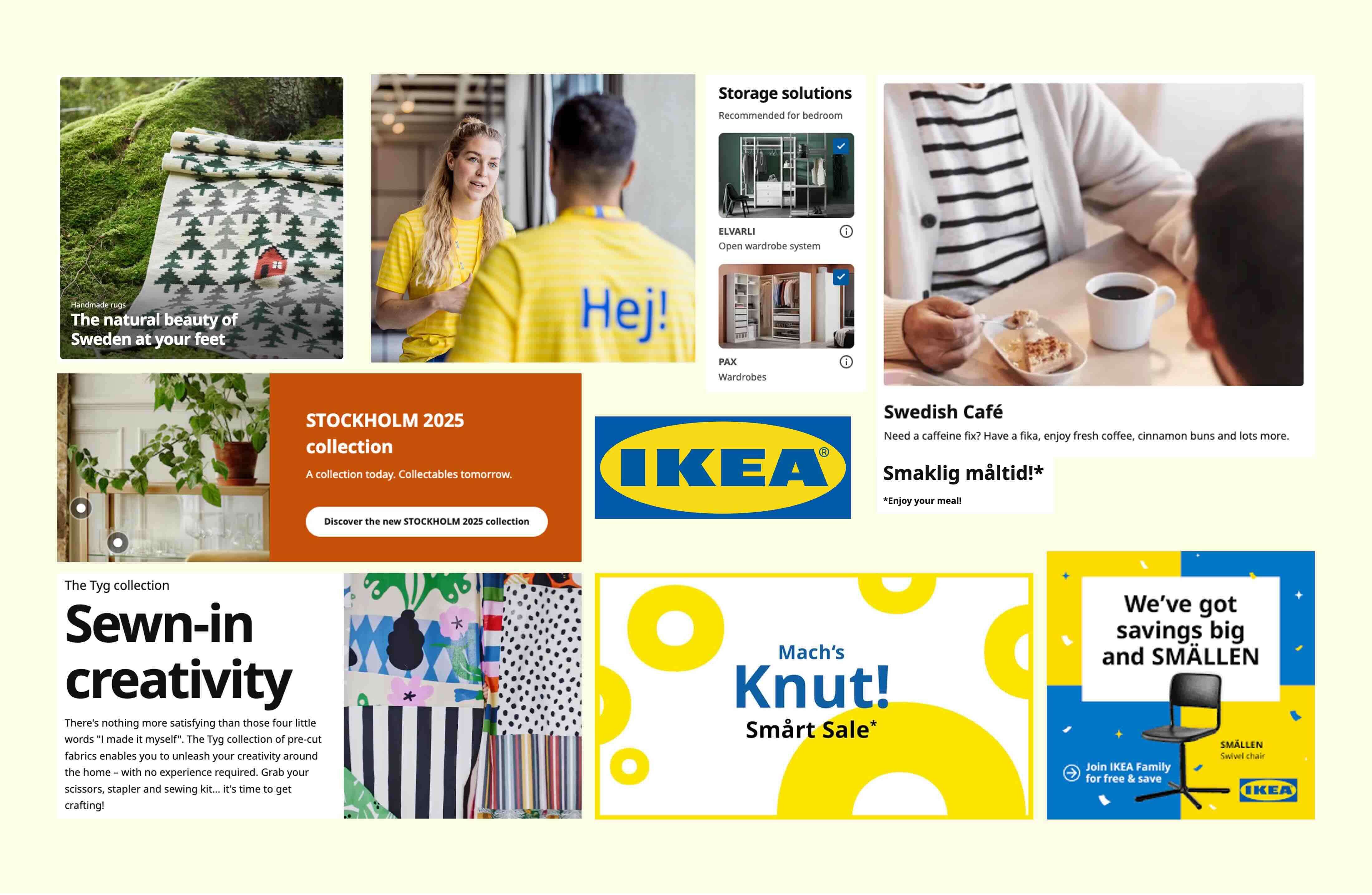Positonierung through words
Three levels of verbal branding
—
Successful brands stand out within the competitive environment with unique brand names, a concise brand language and consistent communication.
—

—
Successful brands stand out within the competitive environment with unique brand names, a concise brand language and consistent communication.
—

The customer journey across the verbal touchpoints
—
Strong brands convince with strong voices. This requires a clear, distinctive communication strategy. From names to copy.
Brands like IKEA show how language shapes brand loyalty.
—

We let brands speak for themselves
—
A strong brand voice makes brands come to life. With a clear purpose, precise language and an emotional impact. This is how you gain uniqueness within the competitive environment.
—

